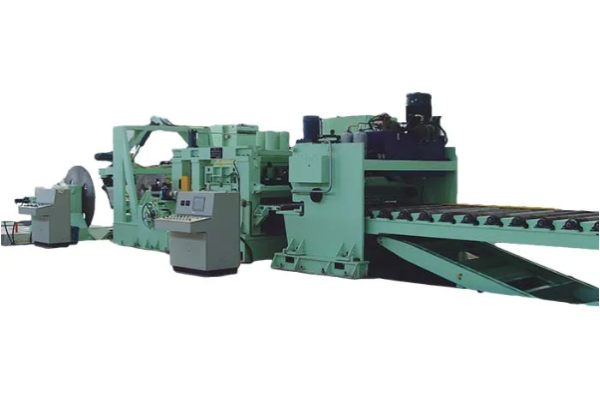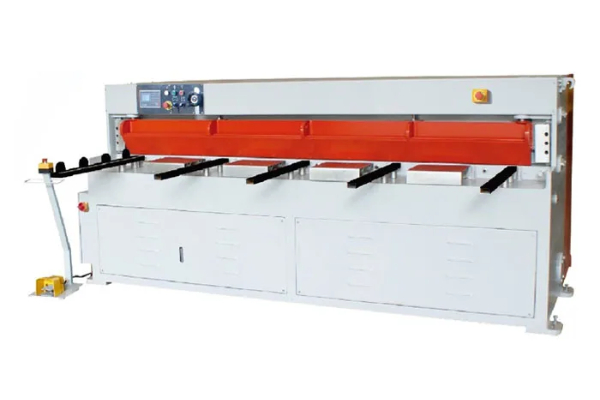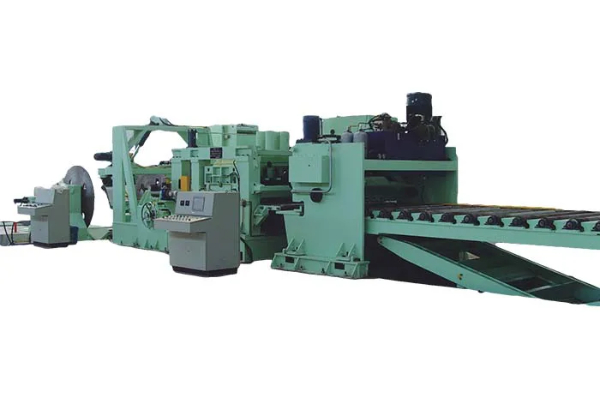
A Beginner’s Guide to Using Sheet Round Bending Machines
- By:Metmac
- 2024-07-09
- 135
A Beginner’s Guide to Using Sheet Round Bending Machines
Introduction
Sheet round bending machines are widely used in various industries to shape and form metal sheets into cylindrical or curved components. They are particularly valuable for applications requiring precision bending and high production volume. For beginners, understanding the basics of operating these machines is essential to achieve optimal results. This article provides a comprehensive guide to using sheet round bending machines, covering key aspects such as machine setup, material selection, and bending techniques.
Machine Setup
1. Safety Measures: Before operating the machine, ensure that you have the appropriate safety gear (e.g., gloves, safety glasses). Clear the work area of any obstructions and ensure that the machine is properly grounded.
2. Machine Adjustments: Adjust the bending radius, depth stop, and angle of bend to match the desired specifications. The bending radius determines the radius of the curve, while the depth stop controls the length of the bend. The angle of bend can be adjusted to create various angles from 90 degrees to 180 degrees.
Material Selection
1. Material Properties: The type of metal sheet used will affect the bending process. Consider factors such as thickness, material strength, and ductility when selecting the sheet.
2. Material Orientation: Ensure that the grain direction of the sheet is perpendicular to the bending axis. This prevents cracking or tearing during bending.
Bending Techniques
1. Positioning the Sheet: Place the sheet on the machine’s lower die, ensuring it is properly aligned and clamped.
2. Initiating the Bend: Use the hydraulic or mechanical actuator to apply force and start the bending process. The speed of bending should be gradual and controlled to minimize strain on the sheet.
3. Controlling the Bend: Monitor the bending process closely. Make adjustments as needed to ensure the desired bend angle is achieved.
4. Finishing the Bend: Once the bend is complete, release the pressure and remove the sheet from the machine. Check for any imperfections and make corrections if necessary.
Additional Tips
1. Lubrication: Apply a thin layer of lubricant to the bending dies to reduce friction and prevent scratching.
2. Multiple Bends: If multiple bends are required, it is crucial to carefully plan the sequence of bends to avoid overstressing the material.
3. Tool Maintenance: Regularly clean and inspect the bending tools to ensure they are in good condition and free of any damage. This will prolong their lifespan and maintain bending accuracy.
Conclusion
Using sheet round bending machines is a skill that requires attention to detail and precision. By following the guidelines outlined in this article, beginners can safely and effectively operate these machines to achieve high-quality cylindrical and curved components. With practice and by adhering to the recommended techniques, they can become proficient in producing consistent, accurate bends that meet their specific requirements.
-
Advanced Sheet Metal Rolling, Cutting, and Folding Machines for Efficient Fabrication
2025/10/22 -
High-Precision Sheet Metal Bending and Cutting Solutions for Modern Manufacturing
2025/10/22 -
High-Precision Solutions from Leading Sheet Metal Cutting Machine Manufacturers
2025/09/11 -
Reliable Sheet Metal Equipment for Sale to Support Precision Fabrication
2025/07/17
-
Advanced Sheet Metal Rolling, Laser Cutting, and Folding Machines for Precision Fabrication
2025/10/31 -
High-Performance Sheet Metal Bending and Cutting Machines for Modern Fabrication
2025/10/31 -
High-Quality Sheet Metal Equipment for Sale: Efficient Solutions for Modern Manufacturing
2025/10/31 -
High-Performance Sheet Metal Equipment for Sale: Forming and Shearing Solutions for Modern Fabrication
2025/10/22
-
A Guide to the Latest Innovations in Sheet Metal Folding Machines
2024/11/29 -
Key Features to Consider When Investing in a Sheet Metal Folding Machine
2024/11/28 -
Enhancing Precision with Advanced Sheet Metal Folding Machines
2024/11/27 -
How to Choose the Right Sheet Metal Folding Machine for Your Workshop
2024/11/26






